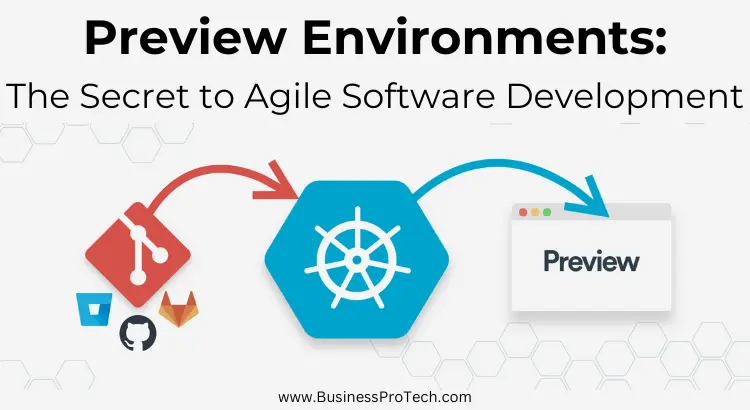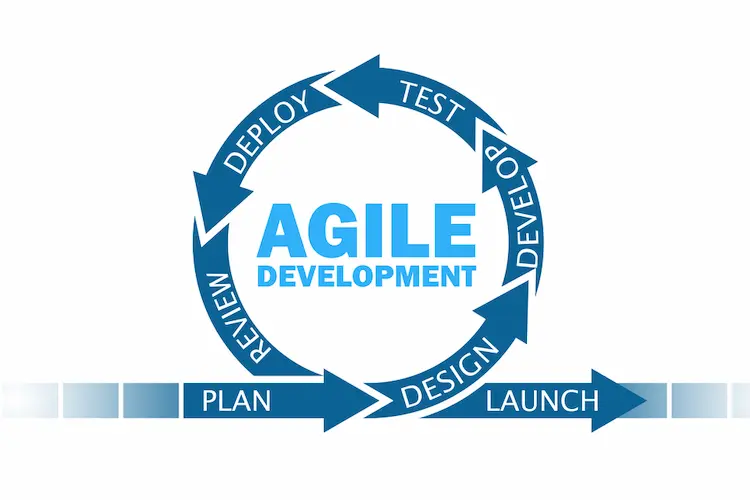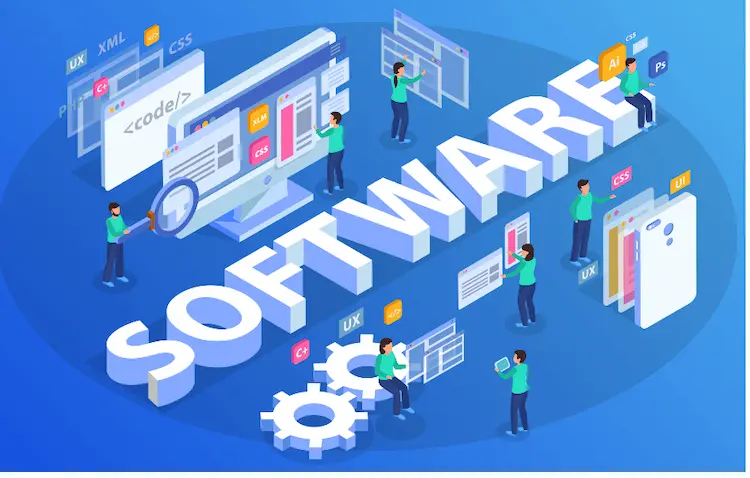In the ever-evolving world of software development, agility reigns supreme. Adopting an agile methodology, which divides projects into multiple stages, has completely transformed project management. Yet, amidst this revolution, the power of preview environments is often underestimated.
These hidden gems have the potential to enhance the success of agile software development significantly. So, let’s embark on a journey to discover what they are and why they hold the key to unlocking agile excellence with preview environments.

What are Preview Environments?
Preview environments are temporary, isolated environments that replicate production settings. They are a valuable tool for developers and teams, allowing them to preview changes, conduct thorough tests, and gather valuable feedback before the final deployment.
These preview environments offer a glimpse into what the final product will look like and provide a safe space for experimentation and refinement.
By closely mirroring the production setup, preview environments enable developers to identify and troubleshoot potential issues early, ensuring a smooth and successful deployment process. With their ability to simulate real-world scenarios, these environments empower teams to make informed decisions and deliver high-quality products to users.
The Role of Preview Environments in Agile Software Development
In the agile methodology, feedback loops are crucial. They provide an opportunity for collaboration and continuous improvement. This is where preview environments come into play. They serve as a platform for obtaining timely feedback, fostering collaboration, and ensuring alignment among team members, especially in hybrid and remote teams.
Streamlining the Development Process
Preview environments can streamline the development process by making it easier to identify and fix issues early on. When developers create a new pull request, a workflow can be configured to deploy the preview environment for that branch. This allows teams to spot potential problems before they enter the production environment.
Facilitating Collaboration
Preview environments facilitate collaboration among developers, designers, testers, and stakeholders by visually representing the final product. Everyone can see the application in action, provide feedback, and suggest improvements, leading to a more refined final product.
Enhancing Documentation
Documentation plays a vital role in agile software development. Preview environments can enhance documentation by providing concrete examples and visual aids. They also offer a practical way to verify the documentation against the actual system.

Also Read: 5 Most Latest Trends in Document Management Software
Implementing Preview Environments in Agile Software Development
Implementing preview environments in agile software development involves several key steps:
Setting Up the Environment
The initial step in the process is to establish and configure the preview environment. This entails setting up the required resources and meticulously aligning the environment with the production settings, ensuring a close resemblance.
By meticulously configuring and aligning the necessary resources, the preview environment can be seamlessly integrated, providing a reliable and accurate representation of the production environment.
Integrating with Development Workflows
Integrating the preview environment seamlessly is recommended to enhance development workflows. This can be achieved by automatically creating a new environment whenever a pull request is initiated.
By implementing this approach, developers can have a comprehensive preview environment that facilitates efficient testing and evaluation of changes before merging into the main codebase.
Establishing Feedback Mechanisms
To ensure effective feedback management, it is crucial to establish robust feedback mechanisms that cater to diverse stakeholders’ needs. This can be achieved by setting up a range of communication channels, such as email, online forums, or dedicated feedback forms, which allow stakeholders to provide valuable insights quickly.
Additionally, implementing a ticketing system can streamline the feedback process, enabling efficient tracking and resolution of issues. Organizations can effectively gather and manage feedback by implementing these mechanisms, fostering continuous improvement and enhancing stakeholder satisfaction.

The Future of Preview Environments in Agile Software Development
With the rise of DevOps practices and the increasing complexity of software applications, preview environments have become integral to the development process. These environments play a crucial role in agile software development, allowing teams to test and validate changes before deploying them to production.
Moreover, in highly regulated industries that require thorough testing and rigorous compliance checks, preview environments provide a controlled and secure space for conducting comprehensive testing and ensuring regulatory compliance.
Simulating the production environment enables developers to identify and address potential issues early on, minimizing the risk of disruptions and enhancing the quality of software releases.
In Conclusion on Preview Environments
Preview environments are indeed the secret to agile software development success. By enabling early testing, facilitating collaboration, enhancing documentation, and providing a realistic simulation of the production environment, they help teams deliver high-quality software on time.
These environments allow developers to identify and address potential issues before releasing the software, ensuring a smoother deployment process. As the field of software development continues to evolve and become more complex, the importance of preview environments will only grow as they provide a crucial foundation for efficient and effective software development practices.